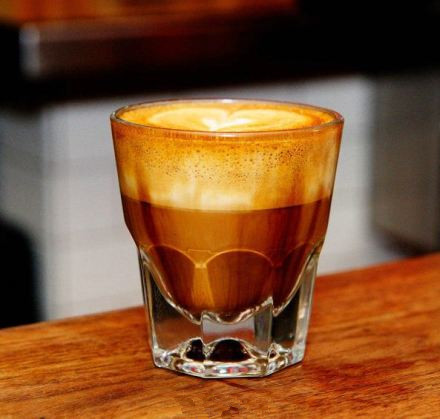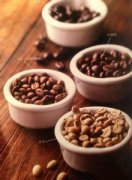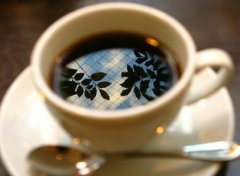The Chronicle of the World History of Coffee
In 1933, the first automatic coffee extractor was improved.
In 1935, a dwarf variety of Bourbon was discovered in Sao Paulo, Brazil, named Kaddura.
In 1938, Nestle developed a modern "spray drying method" in Brazil.
In 1938, the Italian Achille Gaggia invented the pressure bar espresso machine.
In 1941, German chemist Schulombom launched the filter cup and bottom pot connected to the follicle pot Chemex. All are made of heat-resistant glass, and the filter paper used is about 20% heavier and 30% heavier than ordinary filter paper.
In 1945, the coffee concentrator was perfected by the installation of a piston, which produced high pressure and extracted a thick layer of coffee oil.
In 1948, the Italian company Gaggia designed an improved Italian coffee machine pressurized by piston lever principle.
After 1960, the United States invented the electric drip filter, also known as the American coffee machine.
In 1961, the Italian company Faema produced the first pump espresso machine that used pump (Pump) instead of piston, which was the famous Faema E61.
In 1964, General Foods invented the freeze-drying method to make instant coffee.
In 1966, Alfred Peet opened a store in San Francisco to promote fresh, deep-roasted coffee beans.
In 1971, three of Pitt's apprentices founded Starbucks Coffee in Seattle.

Important Notice :
前街咖啡 FrontStreet Coffee has moved to new addredd:
FrontStreet Coffee Address: 315,Donghua East Road,GuangZhou
Tel:020 38364473
- Prev

Main producing areas and characteristics of Fine Coffee
Coffee production zones (commonly known as coffee belts) range from 25 degrees north latitude to 30 degrees south latitude, covering many countries in Central, West Africa, the Middle East and South Asia, the Pacific, Latin America and the Caribbean. The reason why coffee cultivation is concentrated in this area is mainly due to the limitation of temperature. Because coffee trees are vulnerable to frost, neither north nor south latitude is suitable, especially in the tropics.
- Next

The technique of brewing coffee in different ways
Siphon grinding: the medium and fine siphon pot is a method of extracting coffee by using steam pressure. its interesting is that it can fully see through the process of coffee extraction. After boiling, the boiling water in the flask evaporates directly into the funnel, and the coffee extraction process is completed. The extracted coffee flows into the flask again, as if it were a dramatic performance, not only in taste, but also visually.
Related
- Beginners will see the "Coffee pull flower" guide!
- What is the difference between ice blog purified milk and ordinary milk coffee?
- Why is the Philippines the largest producer of crops in Liberia?
- For coffee extraction, should the fine powder be retained?
- How does extracted espresso fill pressed powder? How much strength does it take to press the powder?
- How to make jasmine cold extract coffee? Is the jasmine + latte good?
- Will this little toy really make the coffee taste better? How does Lily Drip affect coffee extraction?
- Will the action of slapping the filter cup also affect coffee extraction?
- What's the difference between powder-to-water ratio and powder-to-liquid ratio?
- What is the Ethiopian local species? What does it have to do with Heirloom native species?

